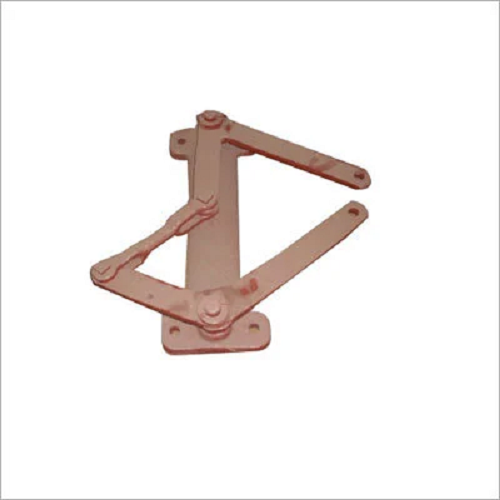A rodding compensator is an essential component in railway signaling systems, particularly in mechanical signal control and track switching mechanisms. Its primary function is to accommodate movements, temperature variations, and expansions within the signaling infrastructure, ensuring reliable operation and performance.
Here’s an overview of the rodding compensator and its significance in railway operations:
Key Features of Rodding Compensators:
Functionality:
- Flexibility in Movement: The rodding compensator allows for controlled movement between different sections of signaling equipment, accommodating the natural expansion and contraction of materials due to temperature changes. This flexibility is crucial for maintaining proper alignment and functionality in the signaling system.
- Adjusting Lengths: It enables the adjustment of lengths in the signaling rods or linkages, ensuring that the signaling system can operate effectively even when there are variations in the distance between components.
Material:
- Durable Construction: Rodding compensators are typically constructed from high-strength materials such as steel or aluminum, providing the necessary durability to withstand the mechanical stresses and environmental conditions encountered in railway operations.
- Corrosion Resistance: Many compensators are coated or treated to resist corrosion, ensuring longevity and reliable performance in various weather conditions.
Design:
- Compact Design: Rodding compensators are designed to be compact and lightweight, making them easy to install and integrate into existing signaling systems without requiring extensive modifications.
- Adjustable Mechanism: Many designs incorporate adjustable mechanisms that allow for fine-tuning of the length and tension in the rodding, facilitating easy maintenance and optimization of the signaling system.
Installation:
- Strategic Placement: Rodding compensators are installed at critical points in the signaling system, particularly where changes in direction or length occur. Proper positioning is vital for ensuring optimal performance.
- Simple Attachment: They are typically connected to signaling rods or linkages using bolts or clamps, allowing for straightforward installation and maintenance.
Types:
- Fixed Compensators: These are designed for specific applications where minimal adjustment is needed and provide a fixed length for the rodding.
- Adjustable Compensators: These allow for modifications in length and are used in applications where temperature fluctuations and movement are more significant.
Applications:
- Signal Control Systems: Rodding compensators are used in mechanical signal control systems to maintain proper alignment and functionality as temperature and other environmental conditions change.
- Track Switch Mechanisms: They are also employed in track switch mechanisms, ensuring that the movements of the switch blades are transmitted accurately and reliably.
Advantages:
- Enhanced Reliability: By accommodating natural movements and temperature changes, rodding compensators help maintain the reliability of signaling systems, reducing the likelihood of failures or malfunctions.
- Ease of Maintenance: The adjustable nature of many compensators allows for easy maintenance and adjustments, prolonging the life of the signaling equipment.
- Cost-Effective Solution: Their ability to improve the performance of signaling systems can lead to cost savings over time by reducing maintenance and repair needs.
Disadvantages:
- Limited Capacity: Depending on their design, some rodding compensators may have limitations on the amount of movement they can accommodate, necessitating careful design considerations.
- Wear and Tear: Over time, mechanical components can experience wear, requiring regular inspections and potential replacements to maintain optimal performance.


